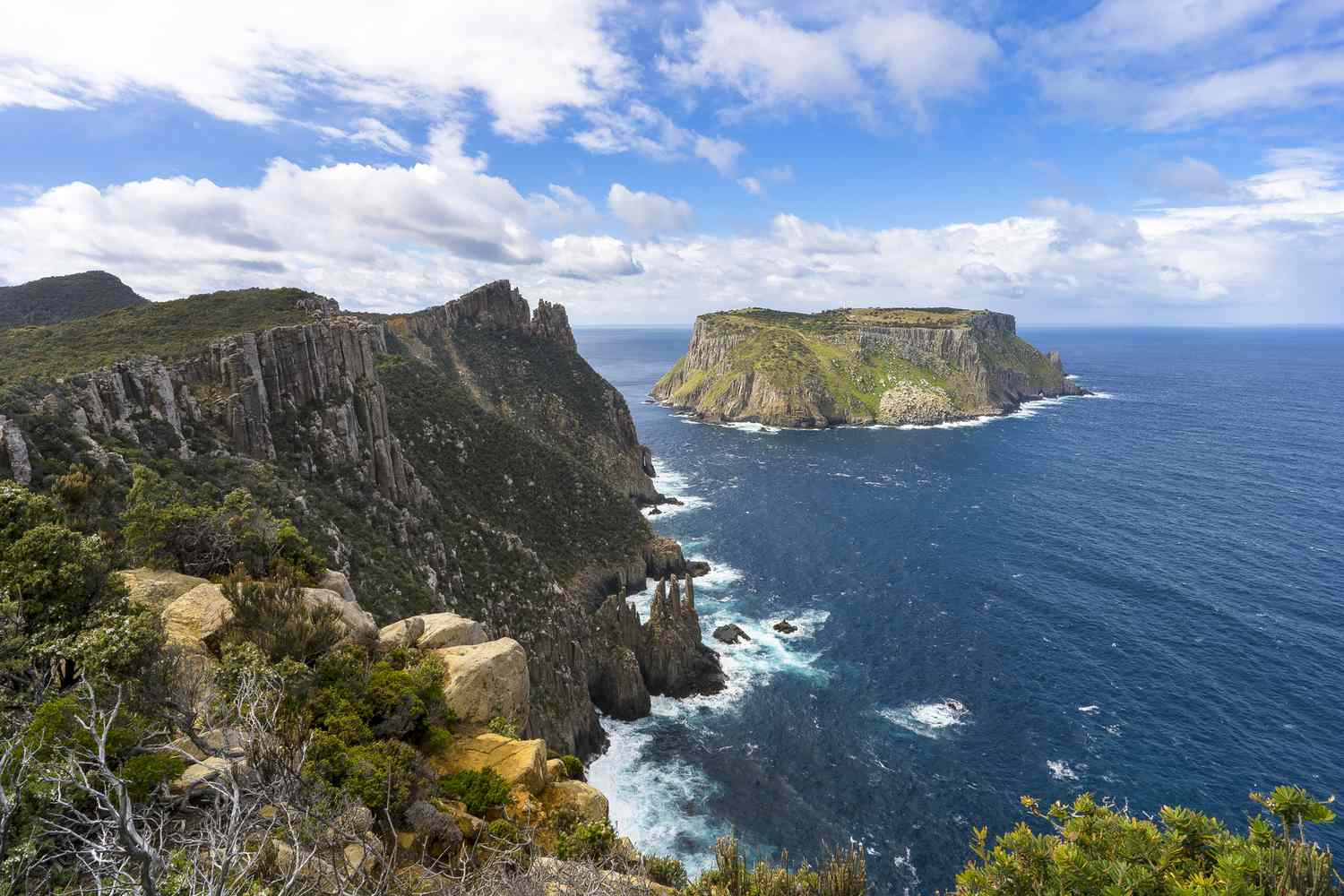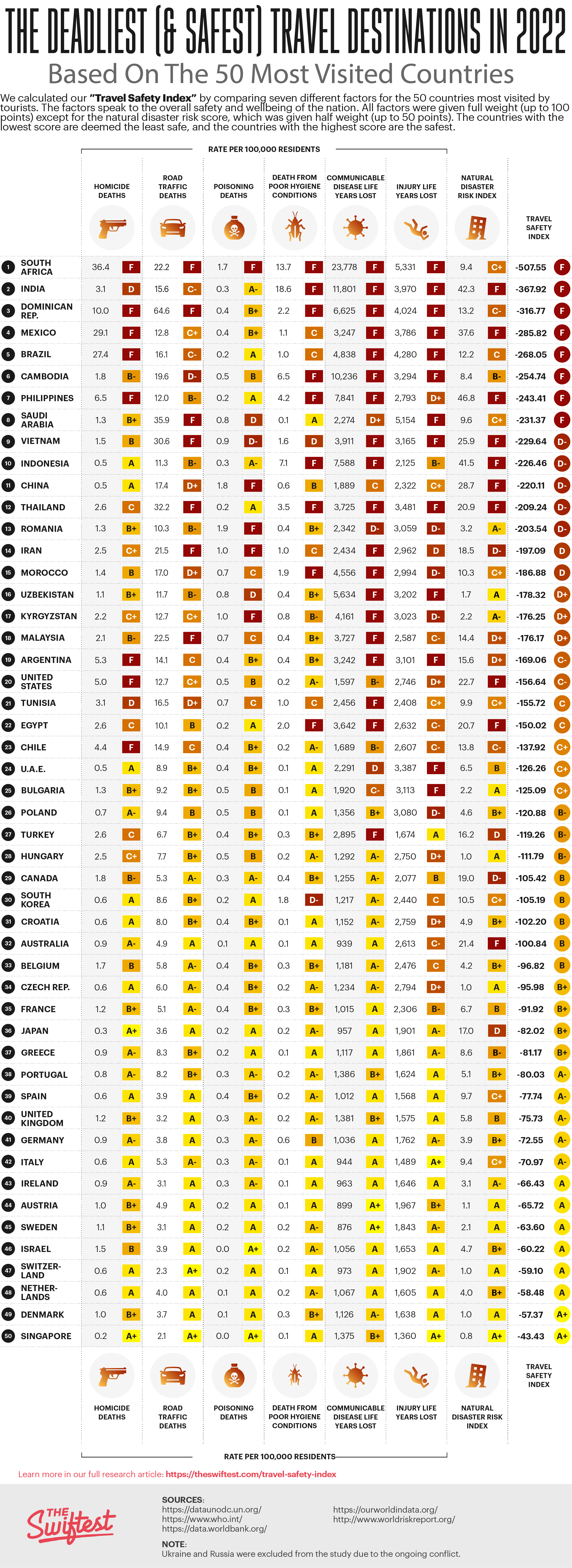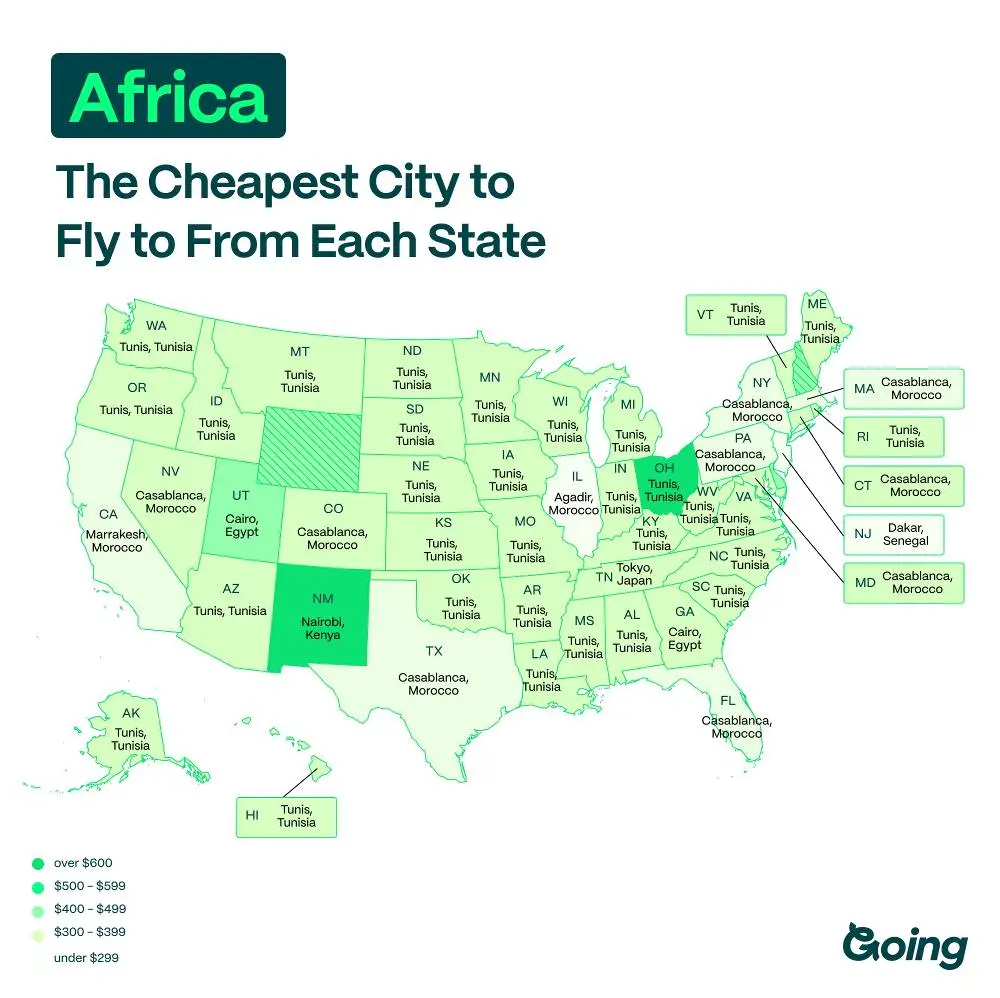
Picture this: wandering the picturesque streets of Paris with the perfect crispness in the air, a seasoned traveler’s dream coming to life. Interestingly, research has found that shoulder seasons, such as late spring and early autumn, not only offer fewer crowds but also provide an ideal climate for exploring the historic landscapes of Europe. This harmony of reduced tourist influx and mild weather makes these times remarkably appealing for seasoned travelers.
The best travel seasons in Europe often align with its rich tapestry of cultures celebrated through seasonal festivals and events. Since many travelers flock to Europe during summer, experts suggest considering April-June and September-October to experience a balance of pleasant weather and authenticity. For instance, attending Oktoberfest in Germany during the fall allows immersion in a tradition dating back to the early 19th century, showcasing Europe’s enduring charm.

What are the best travel seasons for Europe?
Spring is a wonderful time to visit Europe. From March to June, the weather begins to warm up, making it ideal for sightseeing. The flowers bloom, painting landscapes in vibrant colors. Popular spots like Paris or Rome are less crowded compared to summer months. It’s a perfect time to experience the cultural festivals that mark the arrival of spring.
Summer, stretching from June to September, is often the most popular travel season. The days are long, allowing for plenty of sightseeing time. Beaches in countries like Italy, Greece, and Spain offer sun-soaked relaxation. However, tourist hotspots can become more crowded. It’s wise to book accommodations early if traveling during this peak season.
Autumn offers a different charm for travelers from September to November. The cool and crisp air is perfect for exploring the countryside. The changing leaves create picturesque sceneries in places like Germany and Austria. Wine festivals and harvest events are popular during this time. With fewer tourists, autumn promises a more tranquil and leisurely trip.
When planning your trip, consider what you want to experience. Each season in Europe offers unique opportunities. Keep in mind that each region has its distinct climate and events. Create a list of preferences to help you decide. Choosing the right season will make your European adventure more memorable.
The Charm of Spring (March – June)
Springtime in Europe is truly magical. From March through June, the continent awakens from its winter slumber. Blossoms start to appear, transforming parks into vivid displays of color. Cities like Amsterdam become a sea of tulips, drawing tourists from all over the world. This season also marks the beginning of many local festivals.
With mild temperatures, spring is perfect for walking tours. Popular destinations such as Paris and London have parks full of life. It’s the best time to enjoy Europe’s many open-air attractions without the summer crowds. Museums and cafes offer outdoor seating to savor the gentle breeze. Exploring during this period feels both relaxed and pleasant.
Traveler interest peaks due to a mix of cultural events. Events like Easter celebrations provide a glimpse into local traditions. Many regions host music and art festivals during this time. The streets of Barcelona, for instance, come alive with vibrant festivities. Such activities add an extra layer of excitement to your visit.
Seasonal produce begins to flood the markets, offering fresh tastes and aromas. Dishes are crafted using ingredients like asparagus and strawberries. Farmers’ markets in regions like Provence showcase these seasonal delights. It’s a culinary adventure that reflects the freshness of spring. Sampling these dishes becomes a highlight for many travelers.
The Allure of Summer (June – September)
Summer in Europe is a time of endless sunshine and bustling energy. From June to September, tourists from around the globe flock to iconic cities. The sunlight stretches late into the evening, offering more time for activities. Major attractions like the Eiffel Tower shimmer beautifully under the clear blue sky. This season transforms beaches and city squares into lively hubs of activity.
Travelers often head to southern Europe for its stunning coastlines. Countries such as Greece, Spain, and Italy boast pristine beaches. Visitors enjoy swimming in the Mediterranean Sea or relaxing under beach umbrellas. This period is also known for vibrant nightlife in cities like Ibiza and Mykonos. The rhythm of summer calls to everyone looking for relaxation and fun.
Summer festivals are a significant draw during this season. Events range from music festivals to traditional cultural celebrations. Glastonbury in the UK and La Tomatina in Spain attract huge crowds. People gather to dance, sing, and celebrate together under the open sky. These experiences create memories that last a lifetime for many visitors.
The warm weather makes it ideal for outdoor dining and picnics. Cafes line the cobbled streets of towns and cities. Menus often feature seasonal dishes, highlighting fresh produce from the region. It’s a feast for both the eyes and taste buds. Summer brings about a delightful culinary experience throughout Europe.
The Appeal of Autumn (September – November)
Autumn in Europe casts a magical spell over landscapes and cities. From September to November, the vibrant colors of fall create breathtaking scenes across the continent. Trees shed their leaves, painting parks and streets in shades of red, orange, and gold. This picturesque backdrop is perfect for leisurely walks and photography. The mild temperatures add to the comfortable atmosphere.
European countryside regions especially shine during autumn. The rolling vineyards and orchards in France and Italy become a focal point. Harvest season brings an abundance of grape-picking activities and wine festivals. Visitors can partake in local traditions and taste freshly-produced wines. Such experiences offer a delightful glimpse into regional cultures.
Autumn is also a season filled with exciting events and festivals. Oktoberfest in Germany is a must-see for those traveling during this time. It is a lively event celebrating Bavarian culture with music, dance, and traditional food. Meanwhile, Halloween festivities in Ireland offer spooky thrills and fun. These events provide a unique blend of entertainment and cultural exposure.
Cities such as Prague and Budapest transform into cozy havens in the fall. The tourist crowds thin out, making it easier to explore historical landmarks. Museums and galleries feature seasonal exhibits, providing enriching experiences. The crisp air invites you to relax in charming cafes with a cup of hot cocoa. Autumn truly enhances the charm of city life.
Seasonal meals highlight autumn’s harvest in Europe. Restaurants offer dishes made with locally sourced ingredients, such as mushrooms, pumpkins, and chestnuts. Tables are adorned with hearty stews and warm soups. Dining during autumn promises comforting and wholesome meals. It’s a perfect way to savor the flavors unique to this time of year.
Factors to consider for travel seasons in Europe
When planning a trip to Europe, timing is crucial. The continent offers diverse experiences depending on the season. Weather plays a significant role in determining the best time to visit. Some travelers prefer the warmth of summer, while others enjoy the cooler months. Each season brings its own unique charm and set of activities.
Cost is another factor to consider. Traveling in peak seasons like summer might mean higher prices for flights and accommodations. On the flip side, visiting during off-peak seasons can save money. Discounts are often available for attractions and hotels. Budget-conscious travelers might find these times more appealing.
It’s also important to think about tourist crowds. Popular attractions can become very busy during peak times. If you prefer a quieter experience, consider the shoulder seasons like late spring or early autumn. These periods provide a balance of good weather and fewer tourists. You’ll enjoy exploring with less hustle and bustle.
Special events and festivals can greatly influence your travel plans. Europe is known for its rich cultural celebrations throughout the year. Researching local events can enhance your travel experience. Participating in festivals like La Tomatina in Spain or Oktoberfest in Germany can be unforgettable. Planning around these events offers unique and enriching adventures.
Lastly, consider personal preferences and interests. Some travelers seek adventure in winter sports, while others want leisurely strolls in blossoming gardens. Knowing what you enjoy most can guide your decision. Reflect on what kind of activities and experiences you value. This can help choose the perfect travel season for an unforgettable European journey.
The impact of climate change on Europe’s travel seasons
Climate change is altering Europe’s traditional travel seasons. Warmer temperatures lead to longer summers, influencing tourist behavior. Destinations that were once popular for winter sports like skiing now face shorter snowy periods. This shift can affect local economies dependent on seasonal tourism. It’s crucial for travelers to be aware of these changes when planning trips.
Weather patterns have become more unpredictable. Spring and autumn used to have stable weather, but now sudden heatwaves or storms are more common. This unpredictability might deter some tourists. For outdoor activities, checking updated weather forecasts becomes essential. It adds a layer of complexity to travel plans.
Wildlife and nature enthusiasts experience changes too. Migratory patterns of birds and breeding seasons for animals are shifting. Places known for specific wildlife might have altered peak viewing times. This can impact ecotourism and wildlife photography. Adapting to these changes is necessary for those seeking nature-based travel experiences.
- Longer summers due to higher temperatures
- Shortened ski seasons affecting winter destinations
- Increased occurrence of heatwaves during spring and autumn
- Altered wildlife patterns that impact ecotourism
Lastly, climate change also affects cultural festivals dependent on certain seasons. Some events may face disruptions if weather patterns continue to change drastically. Local traditions tied to specific natural cycles might struggle to adapt. This could influence the availability and timing of these cultural experiences. Understanding climate change’s impact helps make informed travel choices.
Frequently Asked Questions
Traveling to Europe can be a thrilling experience, filled with diverse cultures and historical landmarks. To help plan your journey effectively, we’ve answered some common questions related to the best times and ways to explore this wonderful continent.
1. How does climate affect travel plans in Europe?
Climate greatly influences travel experiences in Europe, with weather patterns varying across regions. Cold, snowy winters can affect transport and limit outdoor activities, while some areas experience rainy conditions during certain months, which might impact sightseeing plans. Understanding the local climate helps in preparing more suitable itineraries.
Summer, on the other hand, offers warm, long days conducive to exploring historic landmarks and coastal regions. Regions like Southern Europe see many sunny days, ideal for beach vacations. Choosing a travel season based on preferred weather conditions can enhance the enjoyment of your trip.
2. What are some popular festivals to attend in Europe?
Europe is famous for its vibrant festivals that offer rich cultural experiences. Some must-see events include Oktoberfest in Germany, known for its spirited atmosphere, and Spain’s La Tomatina, a massive tomato fight attracting thousands of participants. These events provide insights into local traditions and are often favorites of visitors.
Additionally, Italy’s Carnevale and Scotland’s Hogmanay are renowned for their grandeur and historical significance. Planning a trip around these festivals can greatly enrich your travel experience, offering both entertainment and a deeper cultural understanding of the destinations.
3. How do seasons impact airfare and accommodation costs?
The time of year significantly affects travel costs in Europe. Peak tourist seasons, like summer and major holiday periods, often see higher airfare and accommodation prices due to increased demand. Booking during shoulder seasons may provide cost savings and fewer crowds, enhancing the travel experience.
During the off-peak period, travelers might find more budget-friendly options for both flights and stays. Early planning and flexibility with dates can further help in securing better deals, allowing for a more economical journey without compromising on quality.
4. What are the benefits of traveling during the shoulder seasons?
Traveling during Europe’s shoulder seasons—late spring and early autumn—offers several advantages. These periods often feature mild weather, making sightseeing comfortable without the summer heat. Popular tourist spots are less crowded, allowing a more leisurely exploration experience.
Additionally, travelers may enjoy better pricing on flights and accommodations, as demand is lower compared to peak seasons. This balance of pleasant conditions and affordability makes shoulder seasons an appealing choice for many adventurous explorers.
5. How can travelers handle unexpected weather changes during trips?
Unpredictable weather can sometimes disrupt travel plans, especially as climate patterns shift. Packing versatile clothing and accessories, like waterproof jackets and comfortable shoes, is essential for changing conditions. Preparedness ensures comfort amid unexpected rain or temperature drops.
Moreover, having a flexible itinerary that includes indoor activities or backup plans can be helpful. Many cities offer rich cultural experiences through museums and galleries, which serve as perfect alternatives when weather hampers outdoor activities.
Conclusion
Choosing the right travel season for Europe makes all the difference in maximizing your experience. Each season offers unique opportunities, whether it’s the vibrant blooms of spring or the bustling festivals of summer. Understanding these variations helps tailor your journey to best fit your desires and needs.
Moreover, climate considerations and pricing impact the overall experience, requiring careful planning. By weighing these factors thoughtfully, travelers can embrace Europe’s diversity and beauty with confidence. With informed choices, your European adventure will be as rewarding as it is memorable.






